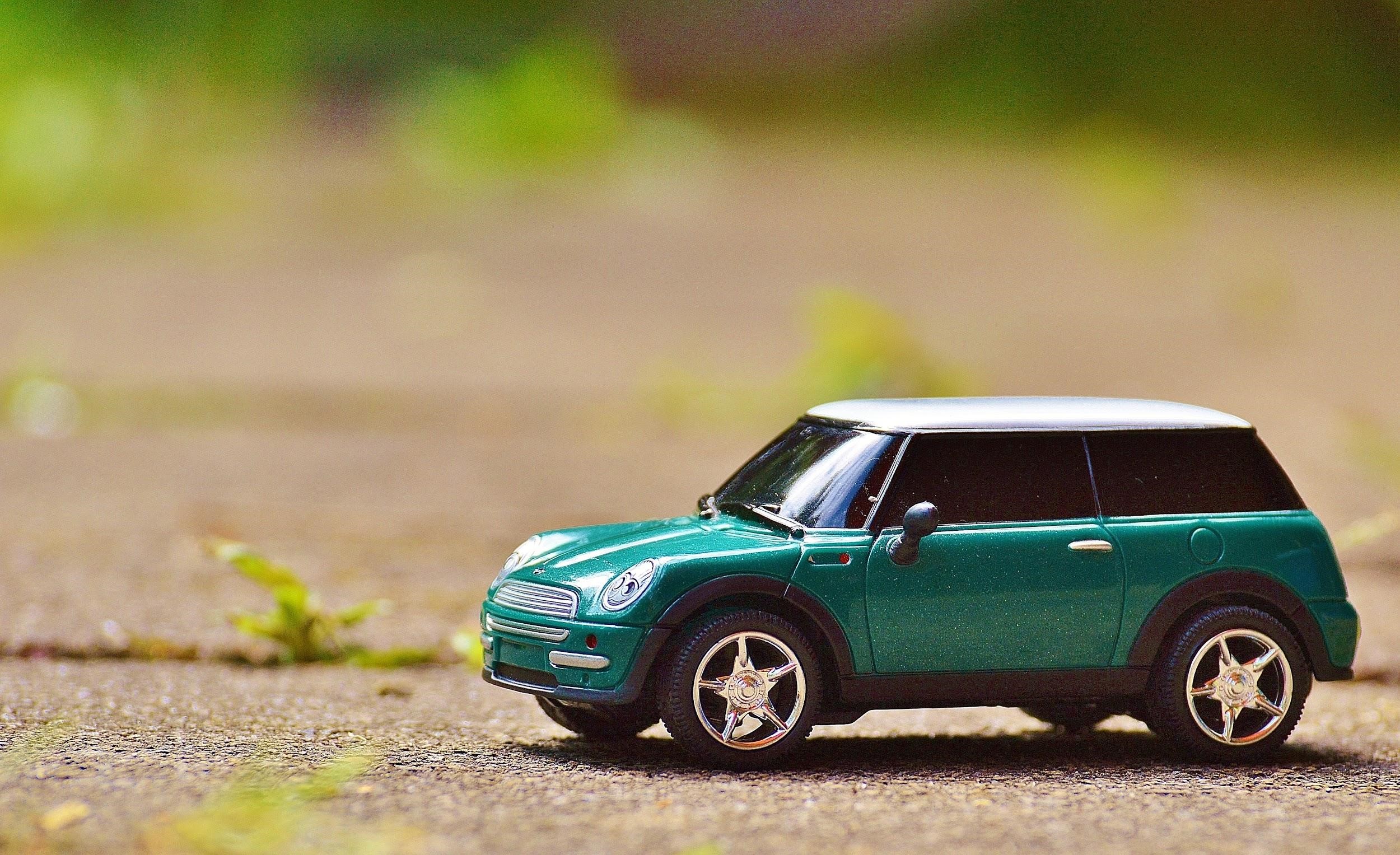With the world finally getting back to normal, people are going to start traveling again. For safety (and convenience), however, a lot of that travel is probably going to be done by car. That can be expensive. Fortunately, there are ways to reduce the cost. Here are six tips.
Decide if you need to own a car
Quite bluntly, the most effective way to reduce the costs of car travel is to stop using a car. In the real world, that may not be an option for everyone. It is, however, worth taking a few moments to consider whether it could work for you.
For example, could you switch from owning a car to using public transit and/or cabs? If you really need your own transport could you switch to another option like a moped?
Consider buying a newer car
If you only need a car for occasional runarounds, then an older vehicle may do you just fine. If, however, you really need a car and/or use it frequently, then there are two good reasons for upgrading.
Firstly, the older a vehicle gets the less reliable it becomes. What’s more, you might not get much, if any warning, before it fails. Repairs to older vehicles can be a major expense at just the wrong time. If you do find yourself stung this way, remember that www.b3cashsolutions.com is there to help you.
Secondly, newer vehicles are more fuel-efficient than older ones. That’s true of gas, electric, and hybrid. Switching to a newer vehicle can, therefore, really lower your running costs.
You don’t have to buy a brand-new car. In fact, this can often be the most expensive route. Instead, try looking for a used vehicle that is still relatively new. If you buy from a dealer, you can still get consumer protection such as warranties.
Renew your insurance in good time
Make a note of when your insurance expires and allow yourself 6-8 weeks to find a new deal. This will ensure that you have sufficient time to do your research and complete any necessary paperwork. You might want to book an appointment with an insurance broker. They can help you to find deals which might not be advertised on the internet.
Clear out your trunk
The more weight you have in your car, the more fuel you use. Commit to clearing out your trunk completely at least once a week. Only put back any items you know you either need or really want. Similarly, only attach roof-racks and tow bars when you’re actually using them. They make your car less aerodynamic and hence increase fuel usage.
Keep an eye on your tire pressure
Your tires are designed to work at a specific pressure. This is what delivers the highest level of safety and fuel efficiency. Tire pressure tends to go down over time. It can also be influenced by the weather. This means you should check it regularly. A digital gage is an affordable and efficient way to do this.
Drive smoothly
Sudden actions, of any sort, apply unnecessary wear-and-tear to your car. They also tend to increase fuel consumption. Do your best to drive without touching the brake pedal except in emergencies. Likewise, aim to prepare for turns and make them smoothly rather than just pulling round at the last moment.
